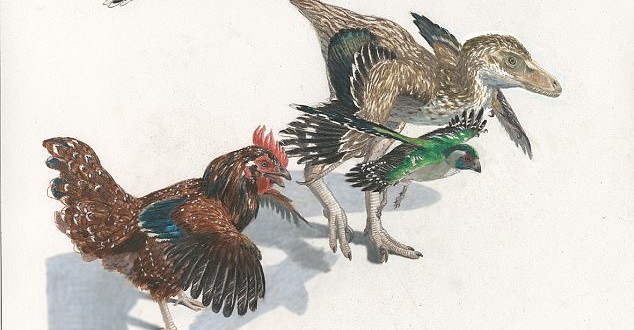Scientists have taken a look at the most comprehensive family tree of meat-eating dinosaurs to date. Now, they’re using this family tree to uncover key details of how birds evolved from these prehistoric terrors, examining feathers, wings and wishbones.
Fossil records show that birds emerged about 150 million years ago. Yet their appearance was a gradual process, as some dinosaurs became more bird-like over time. This means that creating a dividing line on the family tree between birds and dinosaurs can be somewhat difficult. This new family tree, though, seems to indicate that the emergence of new body shapes in groups of species could result in a surge in their evolution.
“There was no moment in time when a dinosaur became a bird, and there is no single missing link between them,” study author Steve Brusatte, of the University of Edinburgh’s School of GeoSciences in Scotland, said in a statement. “What we think of as the classic bird skeleton was pieced together gradually over tens of millions of years. Once it came together fully, it unlocked great evolutionary potential that allowed birds to evolve at a super-charged rate.”
In the study, the investigators examined the evolutionary links between ancient birds and their closest dinosaur relatives by analyzing more than 850 body features in 150 extinct species. They used statistics to analyze their findings to assemble a complete family tree.
The new findings support a controversial theory proposed in the 1940s, which suggested that the emergence of new body shapes in groups of species could lead to a surge in their evolution.
“Our study adds to a growing number of works that approach this problem from different angles, but all seem to confirm that the origin of birds was a truly special event in Earth history,” study author Graeme Lloyd, of the University of Oxford in England, said in a statement. “It is particularly cool that it is evidence from the fossil record that shows how an oddball offshoot of the dinosaurs paved the way for the spectacular variety of bird species we see today.”
Agencies/Canadajournal
 Canada Journal – News of the World Articles and videos to bring you the biggest Canadian news stories from across the country every day
Canada Journal – News of the World Articles and videos to bring you the biggest Canadian news stories from across the country every day



